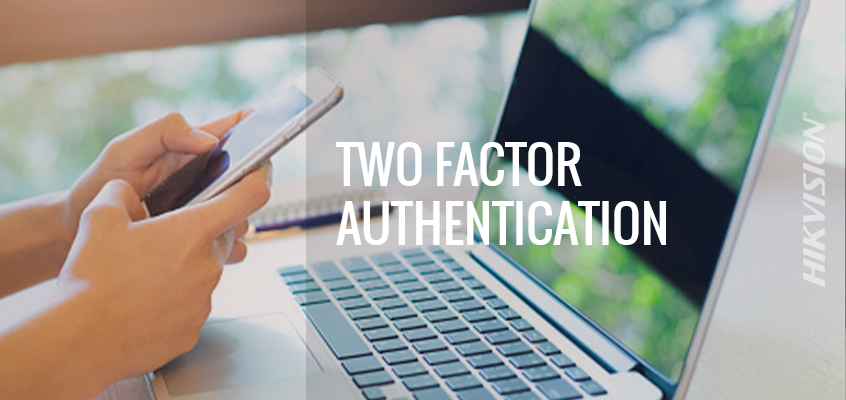Security Magazine Discusses Two-Factor Authentication
Hikvision Recommends Multi-Factor Authentication to PreventPassword Hacks
In the Security magazine article, “2FA or Not 2FA,” the author discusses two-factor authentication (2FA), growing consumer acceptance of it and ways for the industry to embrace it.
“Until recently, consumers may have been the chief resisters to 2FA systems, desiring quick and easy access to their online accounts; however, many people now are realizing that passwords are just not enough—that even complex combinations of letters, numbers and symbols are no match for today's hackers,” per the article.
Consumers are increasingly accepting of 2FA and other security measures as beneficial to their lives. Organizations, however, are still hesitating to implement it as a default solution because of concerns about customer acceptance, according to the article. “It ultimately comes down to the fact that people are looking to access their accounts with the least amount of effort, in the shortest amount of time. Given that user experience usually trumps security, industry professionals need to take steps to make 2FA easier to use without compromising the security it provides,” said Kathleen Hyde, cybersecurity programs chair at Champlain College Online, in the article.
Hyde recommends a proactive approach by organizations to shift the perspective toward and increase use of two-factor authentication. Click here to read the entire article.
To protect passwords from potential hack, Hikvision’s director of cybersecurity had this recommendation, which he offered in a recent blog: “Where possible, enable multi-factor authentication (MFA): Enable MFA, especially where you have only a username and password protecting sensitive data. Many sites support MFA but not many people are aware that they have the option to enable MFA. The following site lists popular sites and shows how to enable MFA on those sites: https://twofactorauth.org/.”
Click here for more cybersecurity news from Hikvision.

